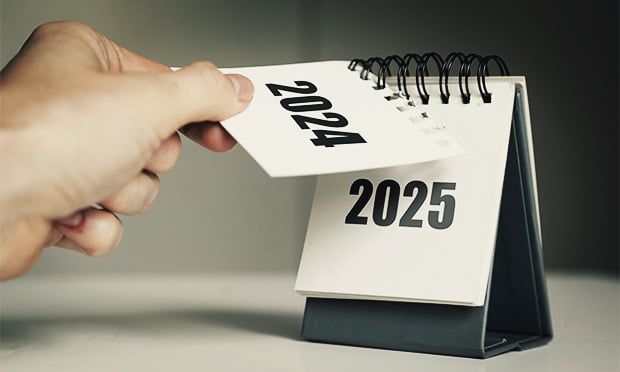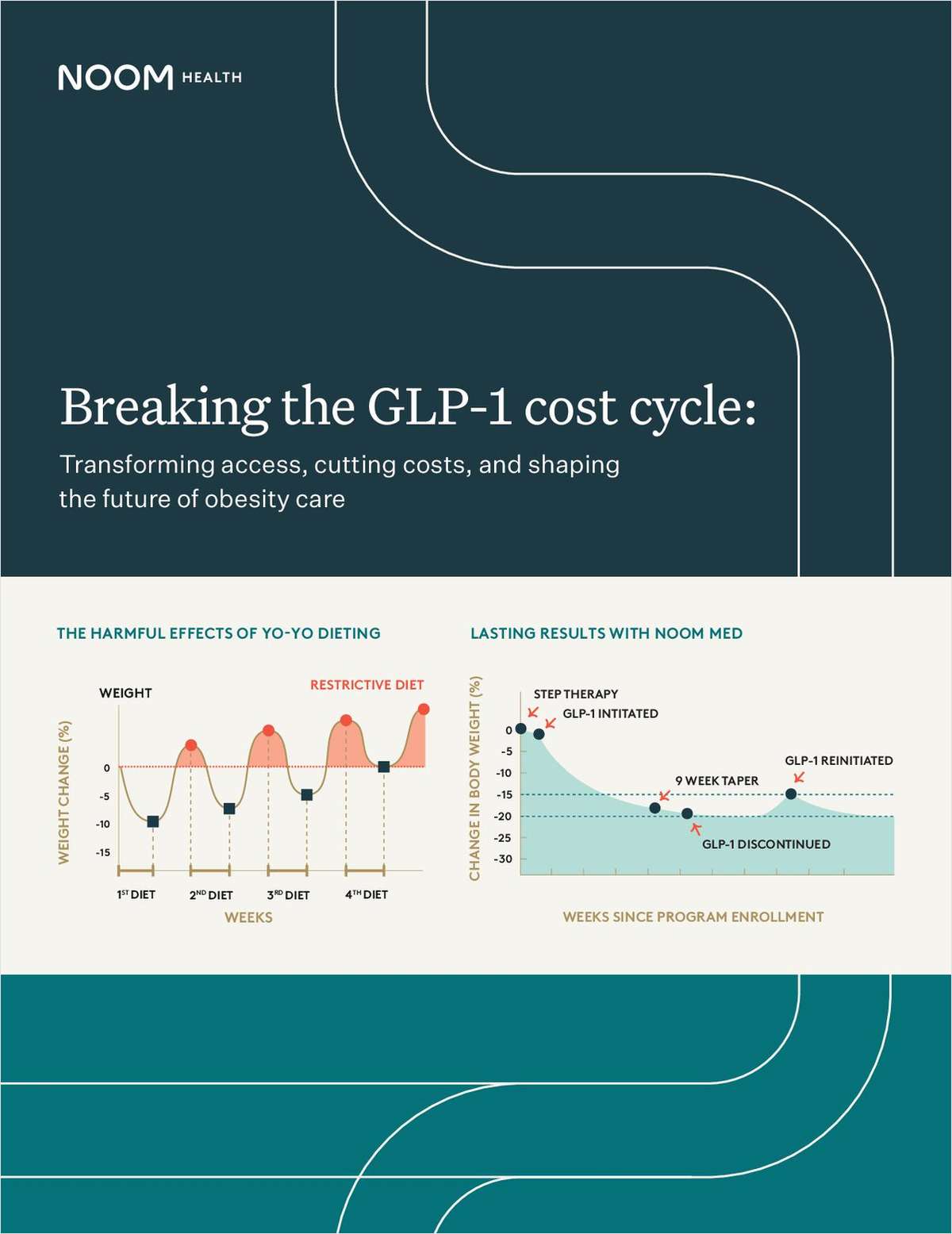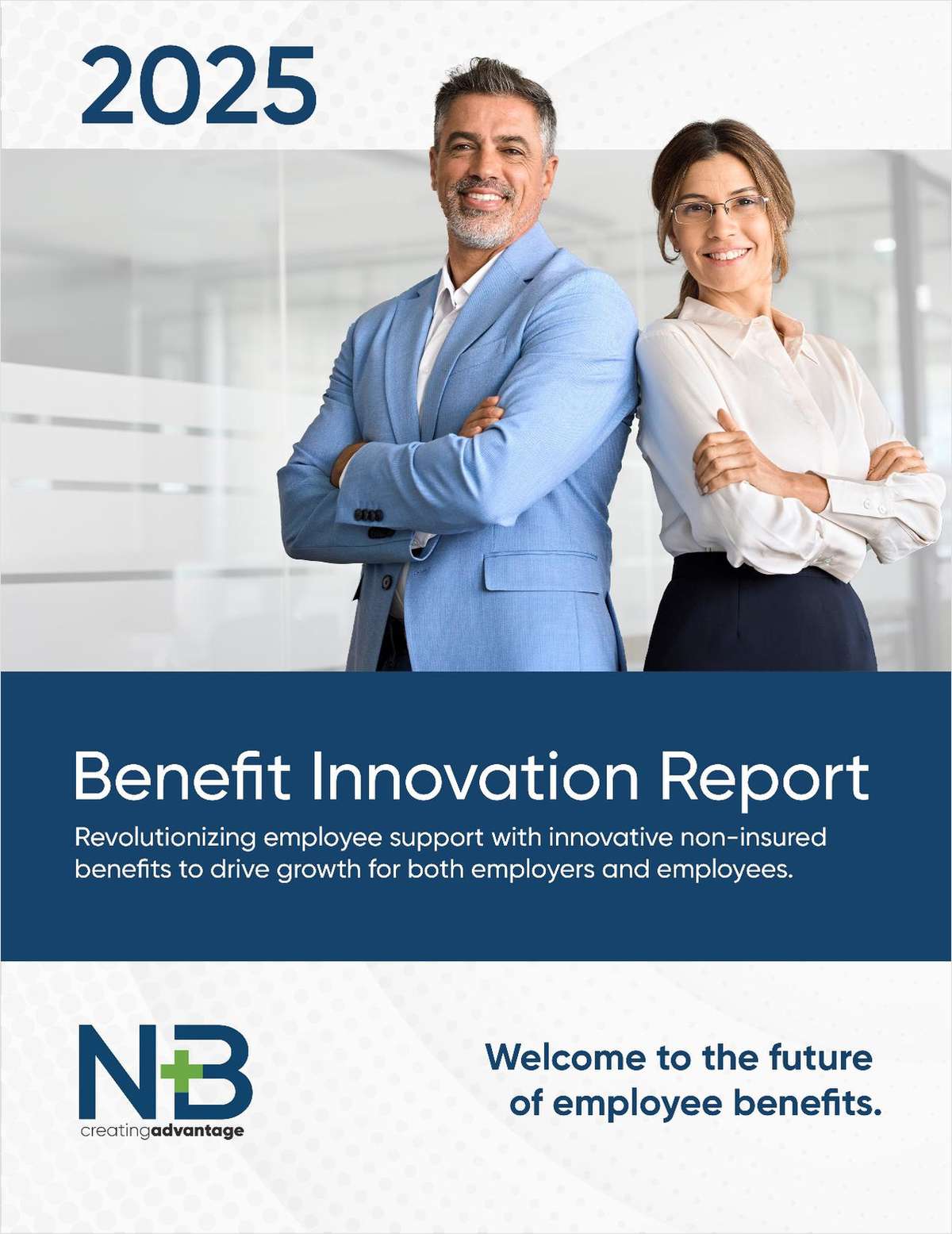It began with all the excitement of a three-ring circus (almost literally, you can read about it in "How Investment Theory Explains 401(k) Plan Sponsors' Evolving Fiduciary Duties," FiduciaryNews.com, Sept. 17, 2013). At the outset, 401(k) plans generally had just the minimum three options required to meet 404(c) standards. This seemed like a lot compared to the usual profit sharing plans offered then. It was enough to give us the control we thought we needed. We didn't need to change our allocations more than once a quarter. We didn't need to see our valuation more than once a year. 401(k) plans were easy. We went to bed happy.
What made 401(k) plans get so hard? I blame three things (and I know a lot of people – including some of my close friends – will get angry at me for saying this, but…): Employees, mutual funds and the Morningstar style box.
First, employees. For the vast bulk of employees, the original set-up of 401(k) plans was just fine, thank you very much. It was a simple savings vehicle that gave us the best shot to retirement comfortably without a pension and without Social Security. (Let's be honest. I know that wasn't the official line, but that's what we were all thinking.) For those few, however, who wanted more control, who were more interested in investing than saving for retirement, the original 401(k) came up short.
Complete your profile to continue reading and get FREE access to BenefitsPRO, part of your ALM digital membership.
Your access to unlimited BenefitsPRO content isn’t changing.
Once you are an ALM digital member, you’ll receive:
- Breaking benefits news and analysis, on-site and via our newsletters and custom alerts
- Educational webcasts, white papers, and ebooks from industry thought leaders
- Critical converage of the property casualty insurance and financial advisory markets on our other ALM sites, PropertyCasualty360 and ThinkAdvisor
Already have an account? Sign In Now
© 2025 ALM Global, LLC, All Rights Reserved. Request academic re-use from www.copyright.com. All other uses, submit a request to [email protected]. For more information visit Asset & Logo Licensing.








